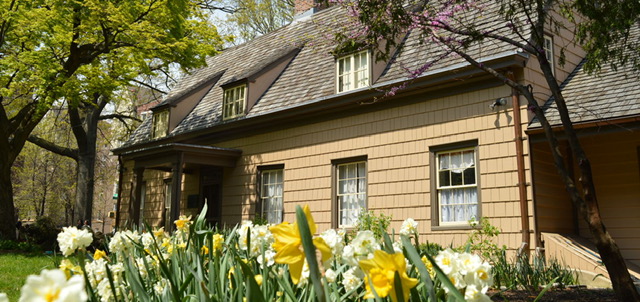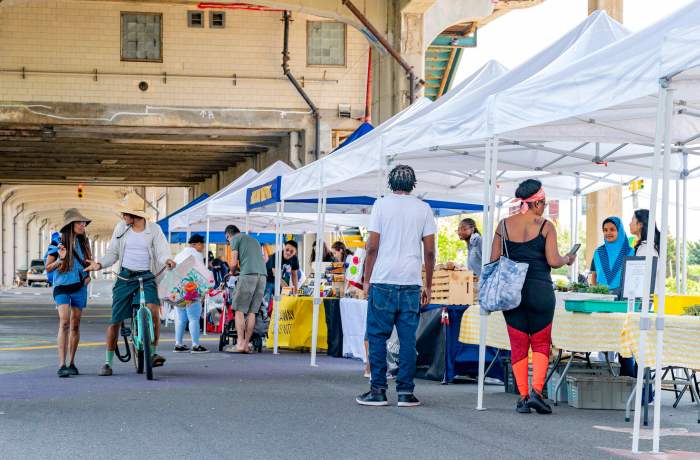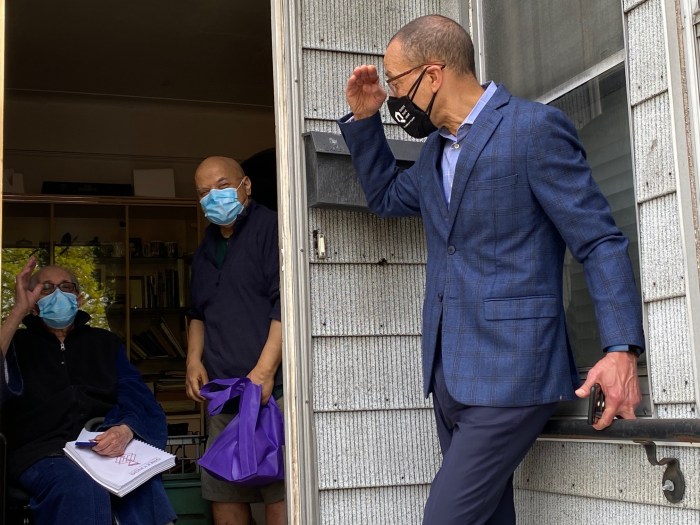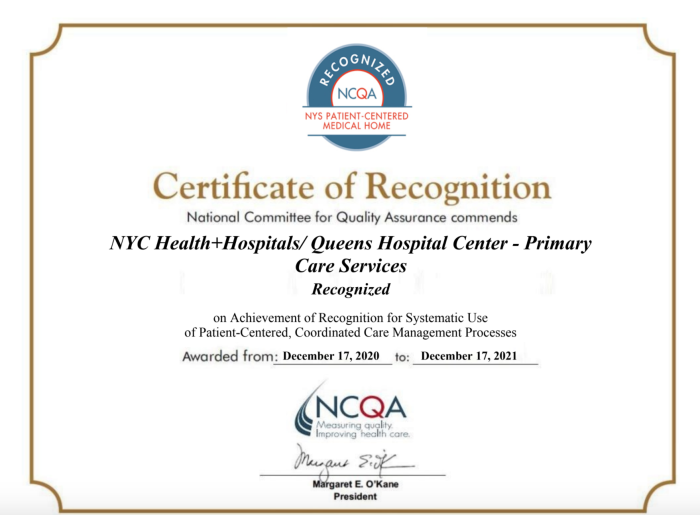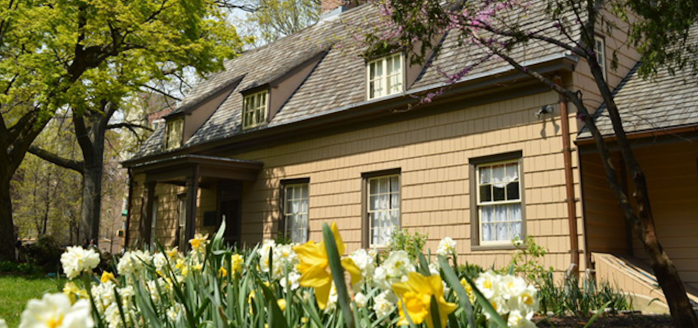The National Park Service has designated John Bowne House in Flushing as a research facility for its association with the historic underground railroad network that helped enslaved African Americans escape into free states and Canada.
The oldest house in Queens, located at 37-01 Bowne St., has been selected to join the National Underground Railroad Network to Freedom.
The organization’s mission — through collaboration with local, state and federal entities, as well as individual programs and organizations — is to honor, preserve and promote the history of resistance to enslavement through escape and flight, which continues to inspire people worldwide, according to its website.
Bowne House was recognized for the strength of its extensive archival holdings. The museum is one of 18 new admissions made during the 42nd round of network applications. It is the first location in Queens to join more than 695 other network admissions made since the program’s founding in 1998.
Twice per calendar year, the Network to Freedom reviews applications from sites, research facilities and programs with verified connections to the underground railroad.
Diane Miller, the network’s national program manager, said they’re eager to work alongside its new members sharing underground railroad history with the public.
“Each time we accept a site into the network we are inspired by the power of the underground railroad and the stories of those brave women and men who sought their freedom,” Miller said.
Rosemary Vietor, vice president of the Bowne House Historical Society’s board of trustees, said they’re thrilled to join the National Underground Railroad Network to Freedom.
“We are looking forward to sharing our history with local, regional and national visitors to the borough of Queens as we continue to research and develop new and inspiring educational programs for the public and students of all ages,” Vietor said.
The house was built in 1661 by John Bowne, an English immigrant who is known for his courageous defense of religious freedom.
The house preserves nine generations of Bowne family material, which includes manuscripts discussing the Abolition movement and the underground railroad in New York.
The archives tell the story of one prominent New York family that included horticulturists, political and religious leaders, captains of industry, artists and writers, and Walter Bowne, the 59th mayor of New York City, serving from 1829 to 1833.
The family’s objective was to aid freedom seekers to escape from slavery. Many letters were found as evidence, dating between 1842 and 1850 revealing the different Bowne House residents: Samuel, Robert and William Bowne Parsons, who were active in a network assisting multiple freedom seekers.
In their letters, it was also revealed that they were in contact with prominent anti-slavery activists throughout New York state, such as Rev. Simeon Jocelyn, Rev. Henry Ward Beecher and the philanthropist Lewis Tappan.
As part of the Network to Freedom, Bowne House is expected to draw visitors to Queens from throughout the United States and abroad to research the history of one of New York City’s earliest houses whose association with the underground railroad is well documented.
The museum will also develop programs around the story of Bowne family members’ role during the abolition movement.
Congresswoman Grace Meng, who supported the Bowne House’s application to the National Network for Freedom, said the recognition will help more people learn about the underground railroad and Queens’ long tradition of fighting for freedom and liberty.
“Bowne House is an exceptional resource that continues to preserve our borough’s history, and highlight the pivotal role Queens played in the fight for religious freedom,” Meng said. “I’m thrilled that it has been accepted to the National Underground Railroad Network to Freedom, and I am proud to have urged the National Park Service to include the facility on its latest round of listings. I look forward to this recognition creating even more interest in the Bowne House, and bringing more visitors to our borough.”
For further information about Bowne House Historical Society, visit bownehouse.org.

